Everyone’s house favorite – Donny the Drosophila, AKA the fly.
With two healthy wings, compound eyes, a thorax, and much more, Donny comes from a family of normal Drosophila. However, many of us do not realize that some of his cousins are less fortunate. These cousins are also known as mutants, where their observed mutated phenotypes are derived from the mutated genes that occurred during embryogenesis.
We will discuss the following genes and the consequences of their mutations on the segmental pattern of the fly: gap, pair rule, and segment polarity genes. There are also other essential genes, such as maternal and homeotic genes, but we will discuss those in the next upcoming post.
Gap Genes on Drosophila:
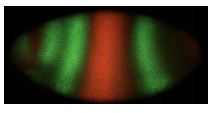
When gap genes are mutated, the larvae is missing a large area of several segments. This corresponds with gap genes’ control of broad segmental patterns in Drosophila.
Pair Rule Genes on Drosophila:

When pair rule genes are mutated, the larvae is missing even or odd-numbered segments. This mutation can be identified through its mutated phenotype, where every other segment is deleted in the mutated fly, compared to the normal fly.
Segment Polarity Genes on Drosophila:
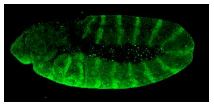
When segment polarity genes are mutated, there is a mirror-image duplication for every segment. Each gene mutation is summarized below in the following diagram:
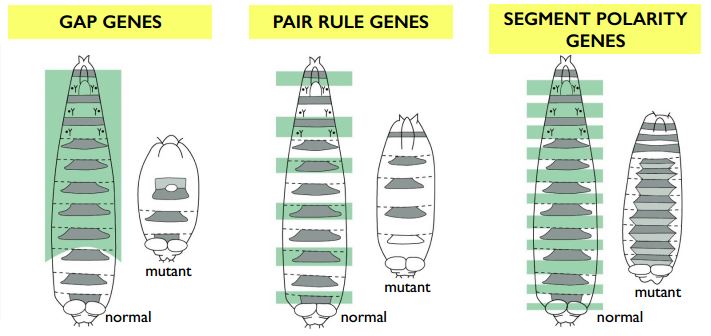
Summary:
- Gap Gene Mutation:
- Huge chunk of segments is missing.
- Pair Rule Mutation:
- Every other segement is deleted. (even or odd is missing)
- Segment Polarity Mutation:
- Doubled segments; a mirror-image duplication
Copyright 2018 Moosmosis: All Rights Reserved
Please Like our Facebook page to support our open-access youth education initiatives! 🙂
Categories: Biology

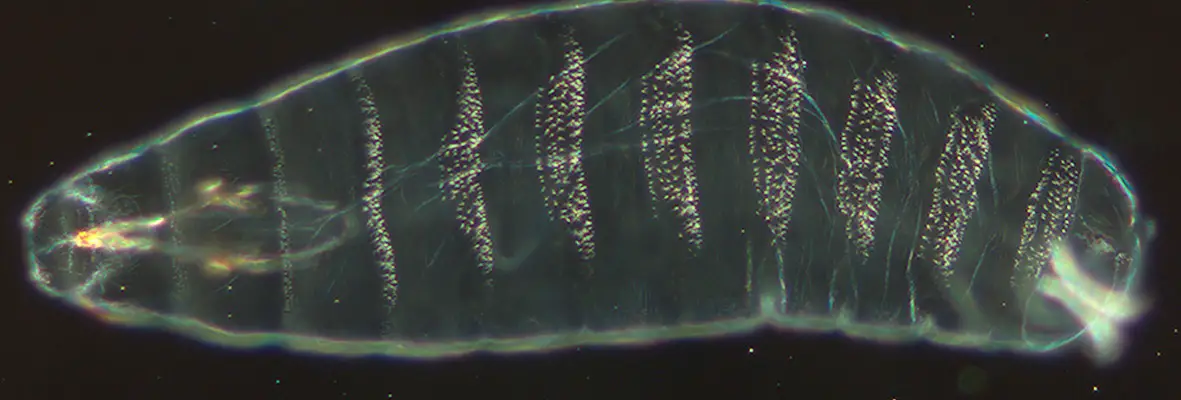



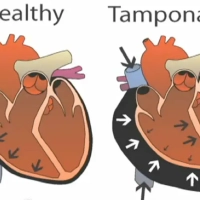


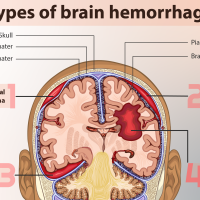

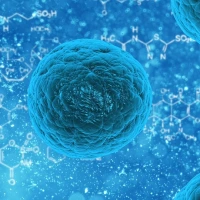




WOW!! I learned a lot of new stuff from your terrific article today! I’m never going to look at the flies the same way again xD
LikeLike